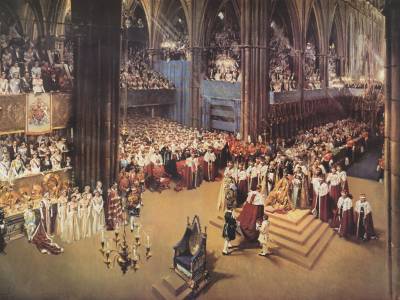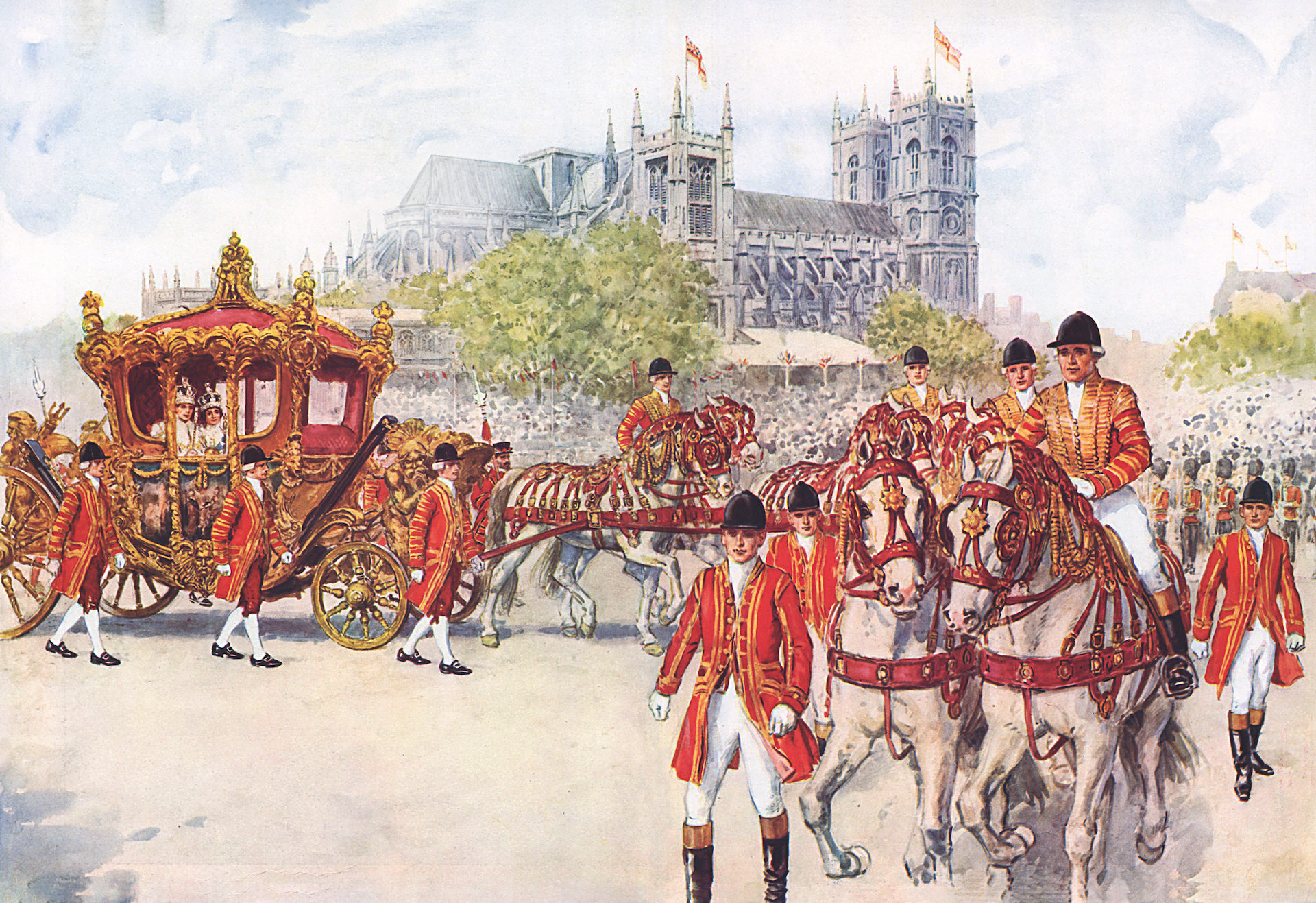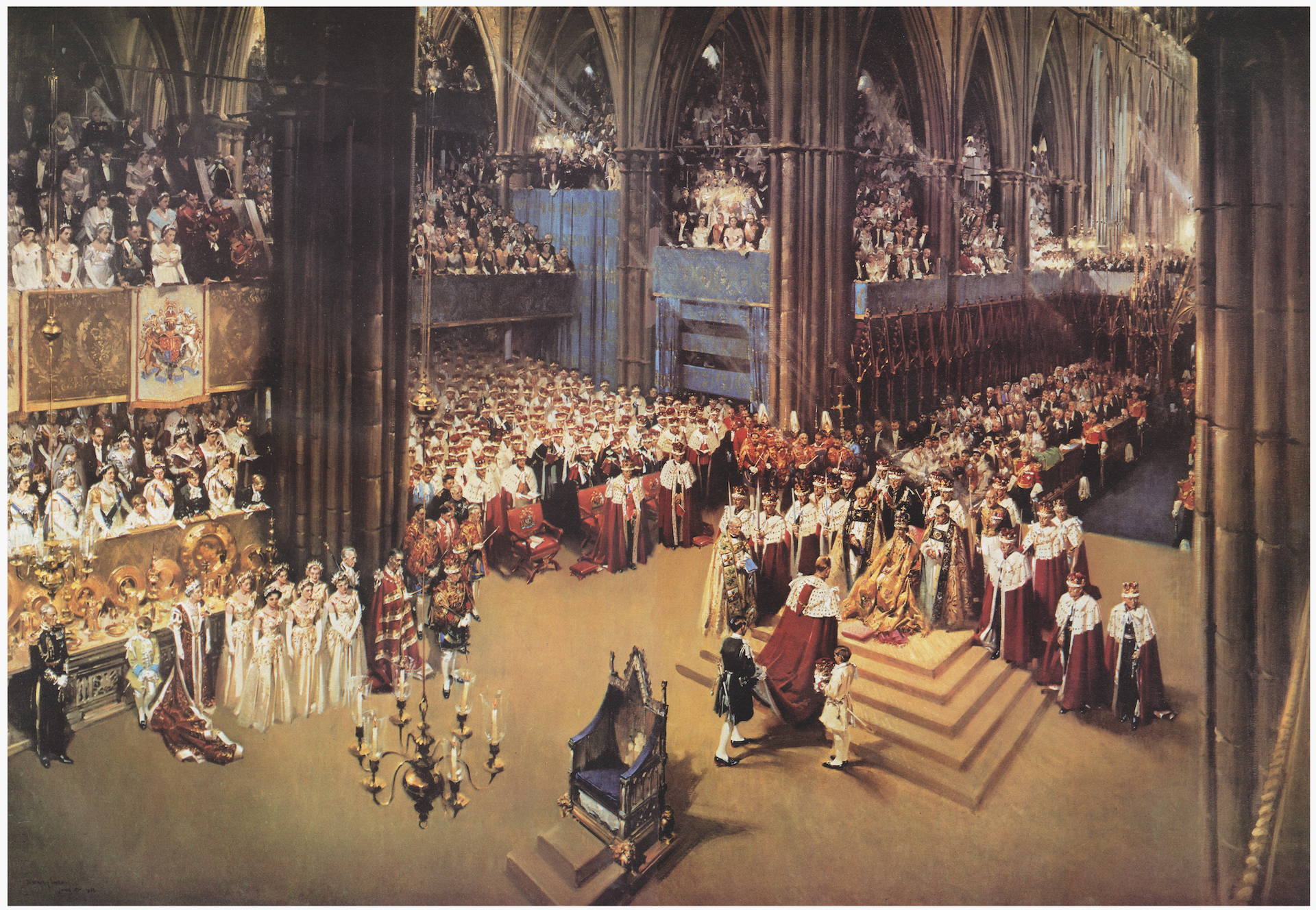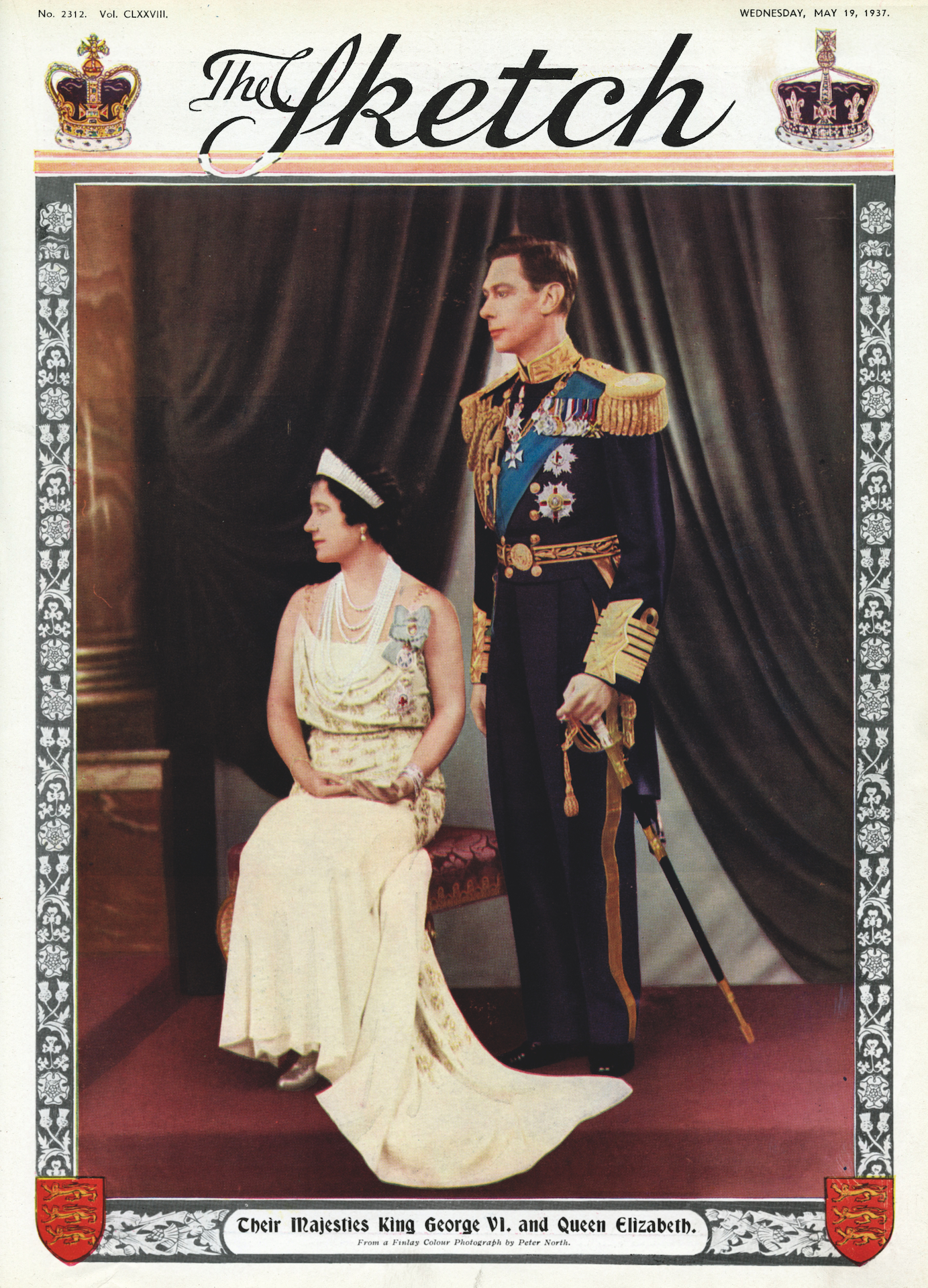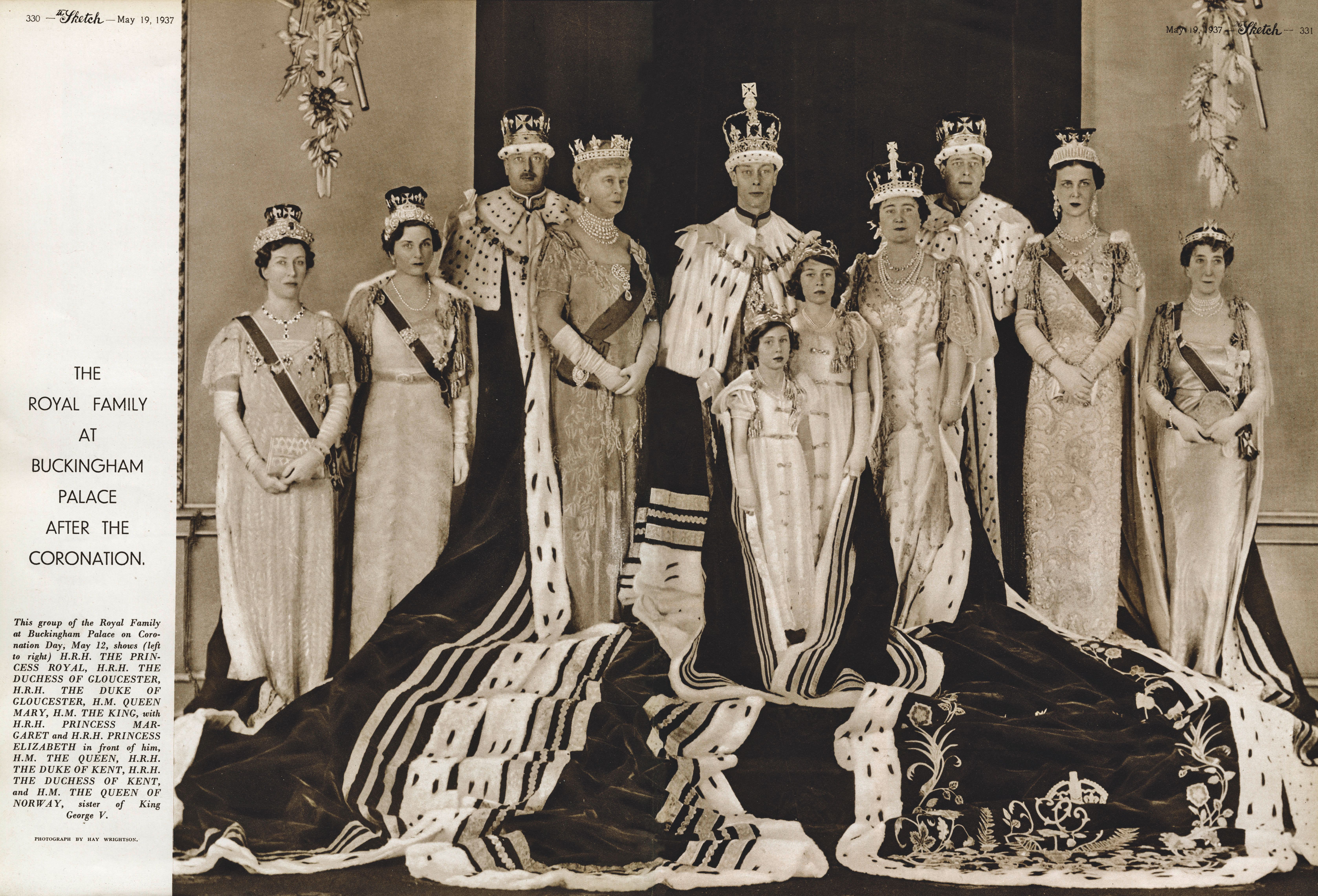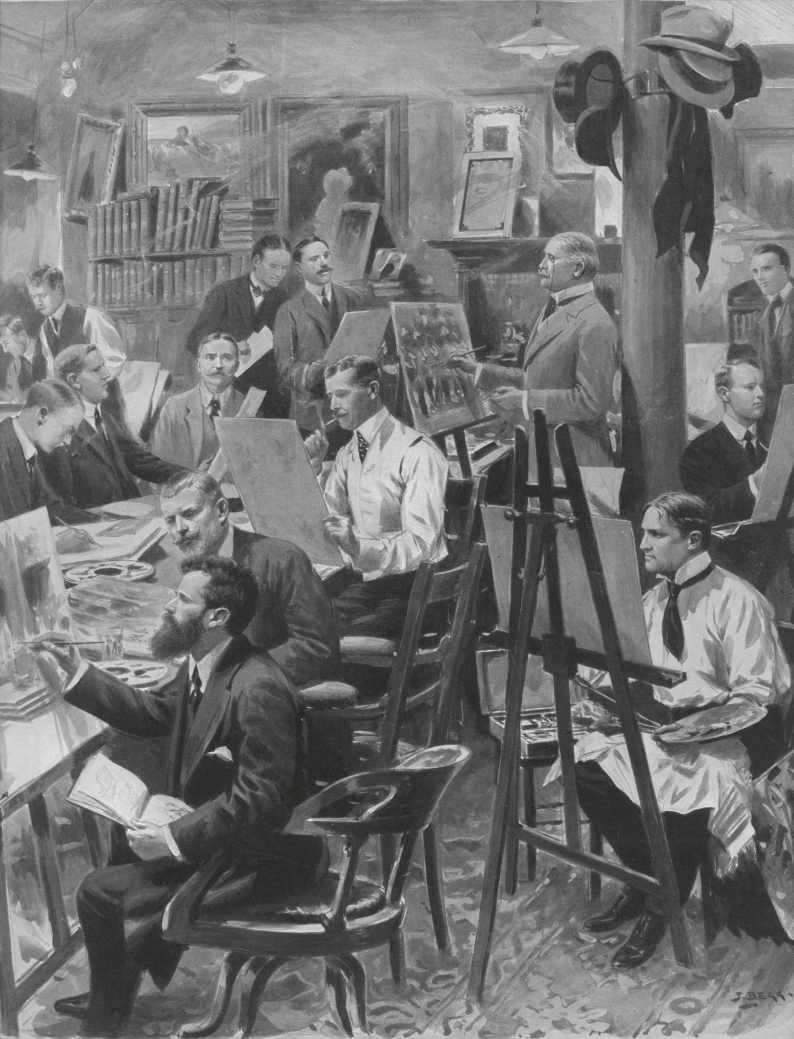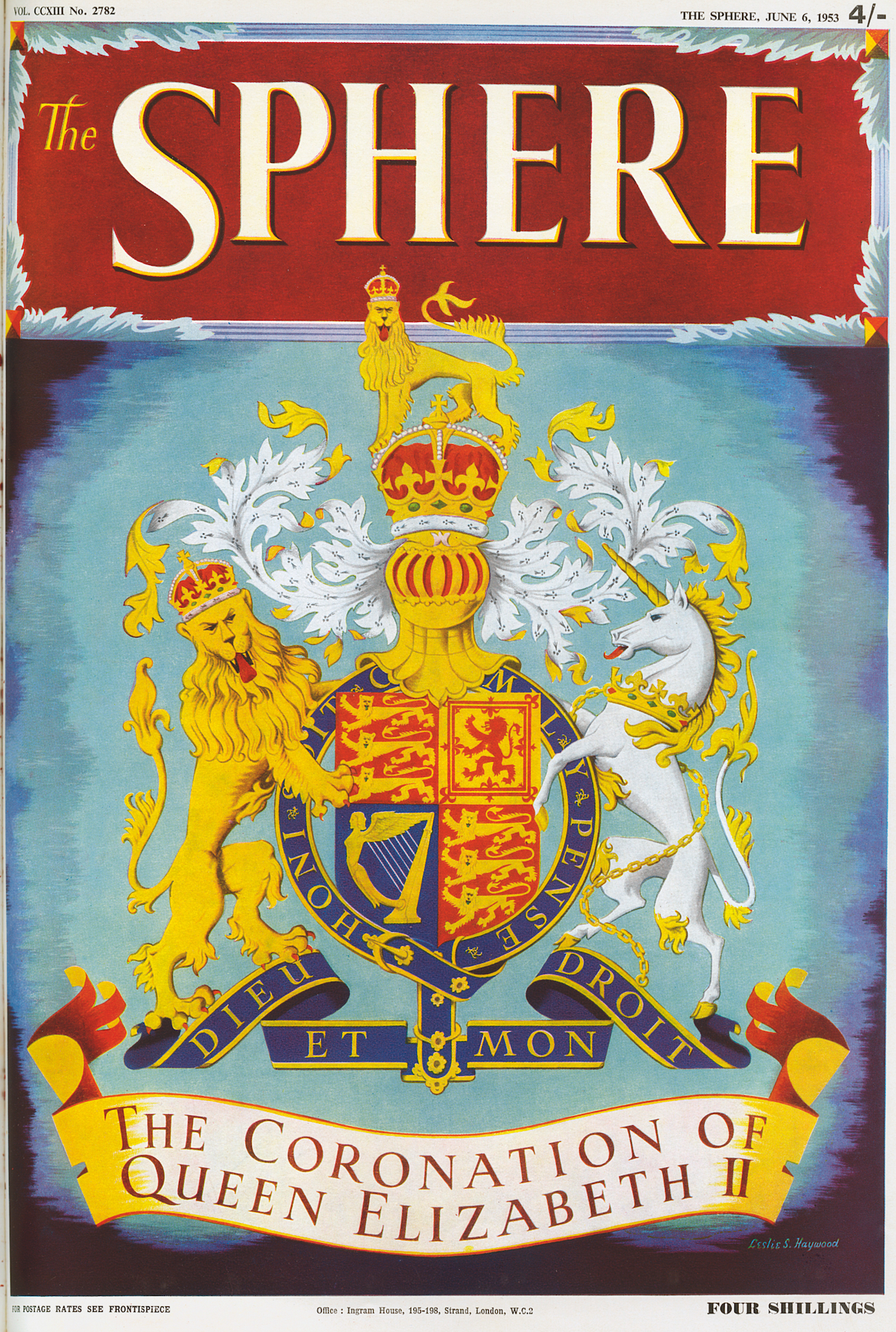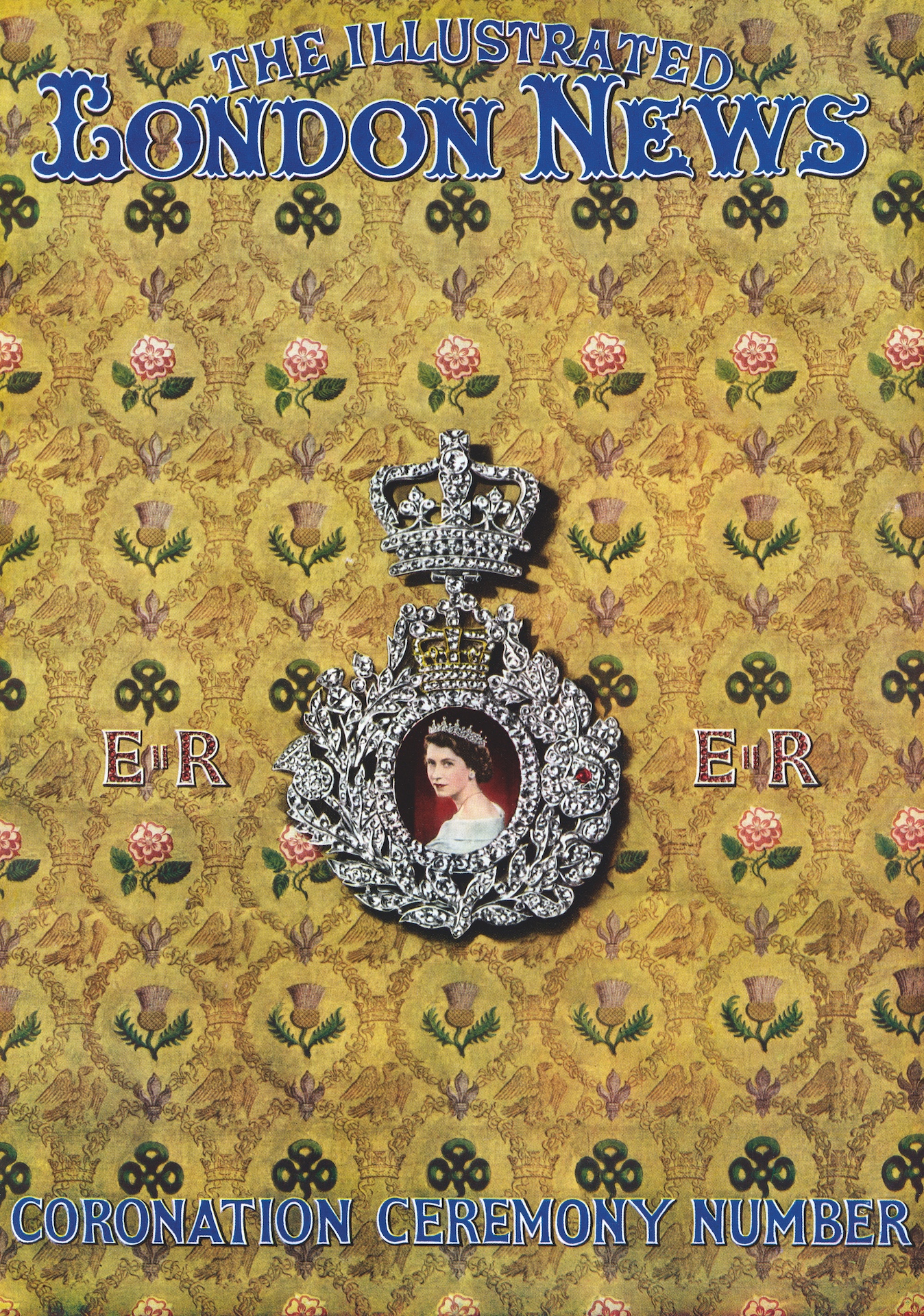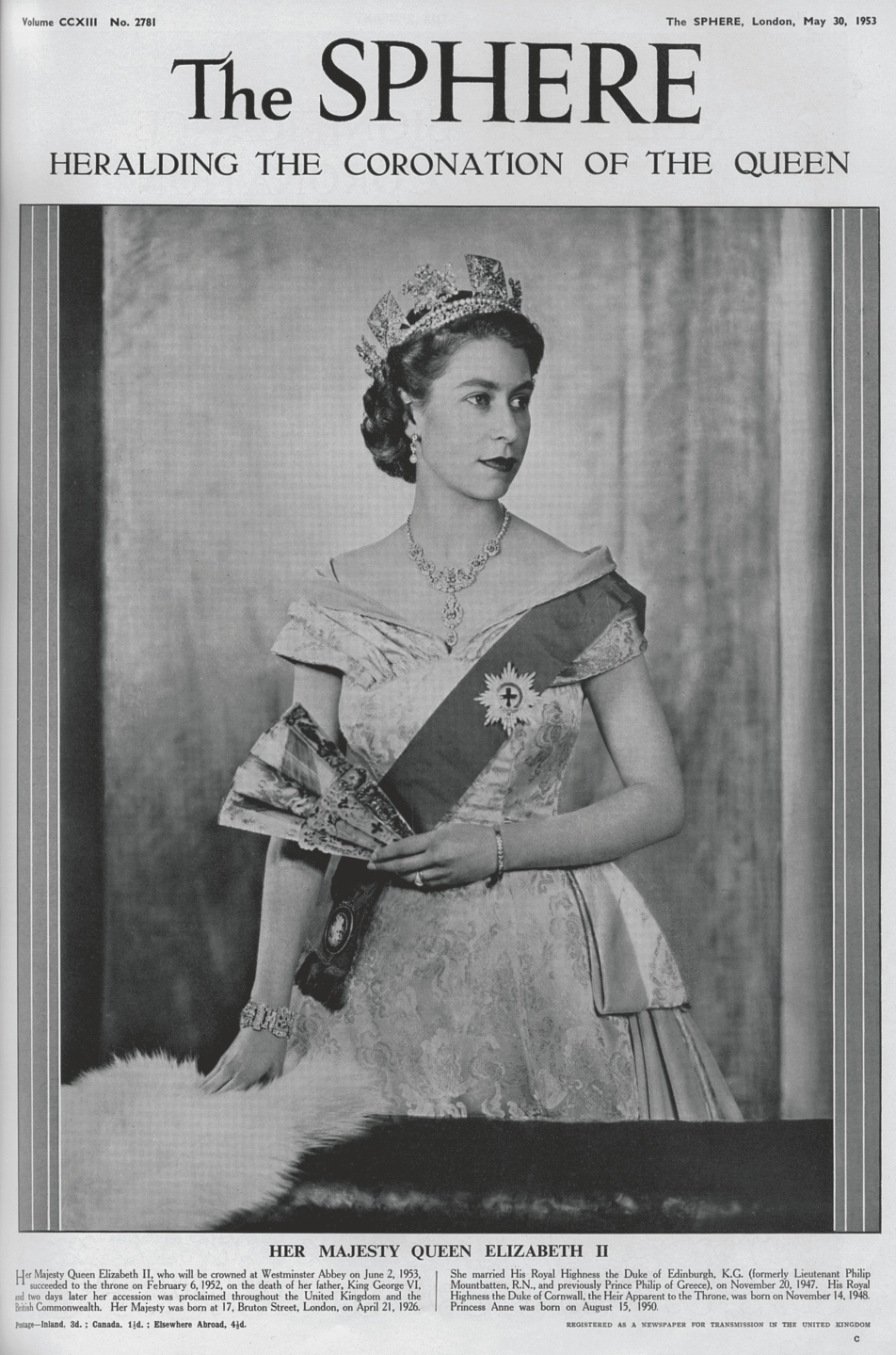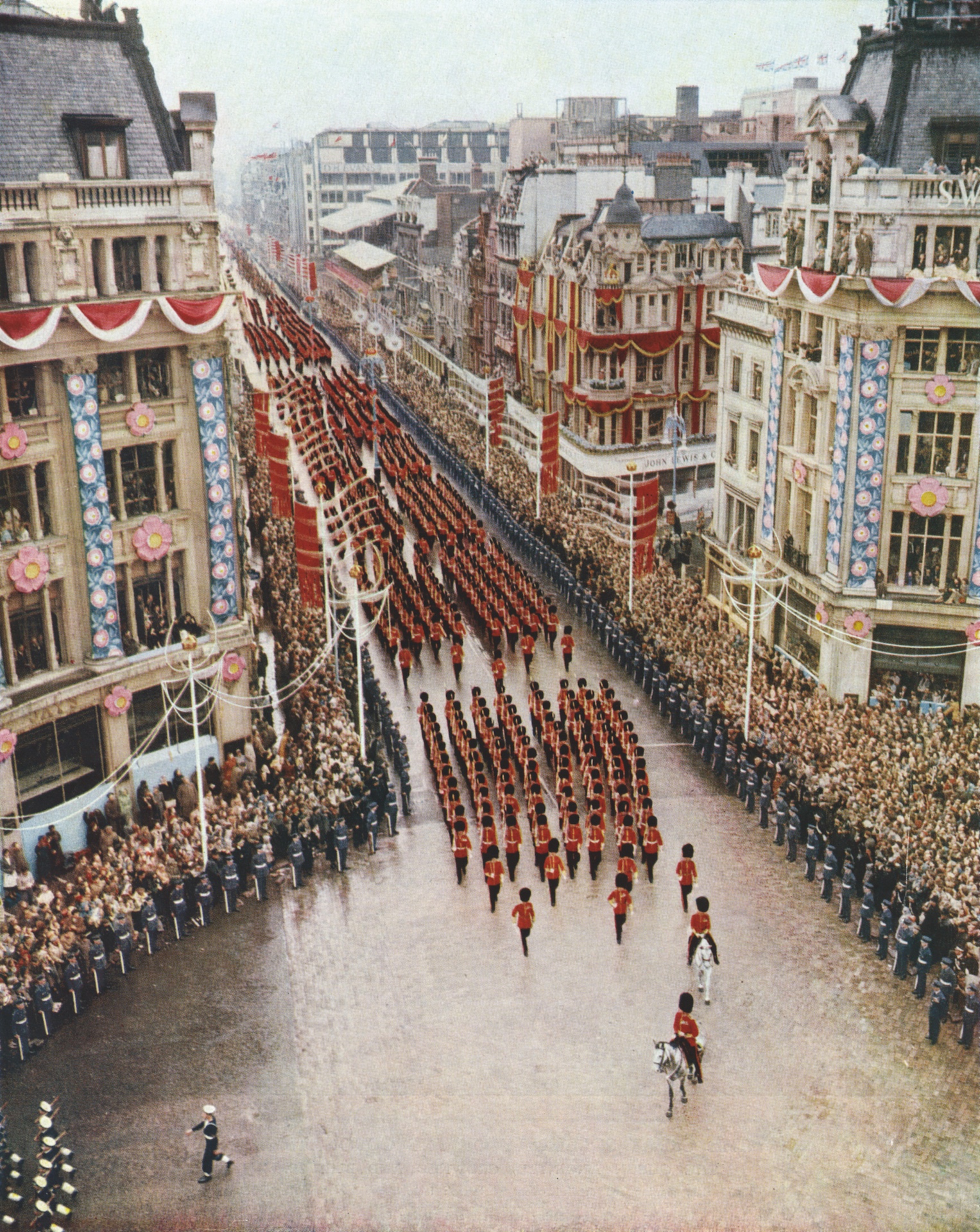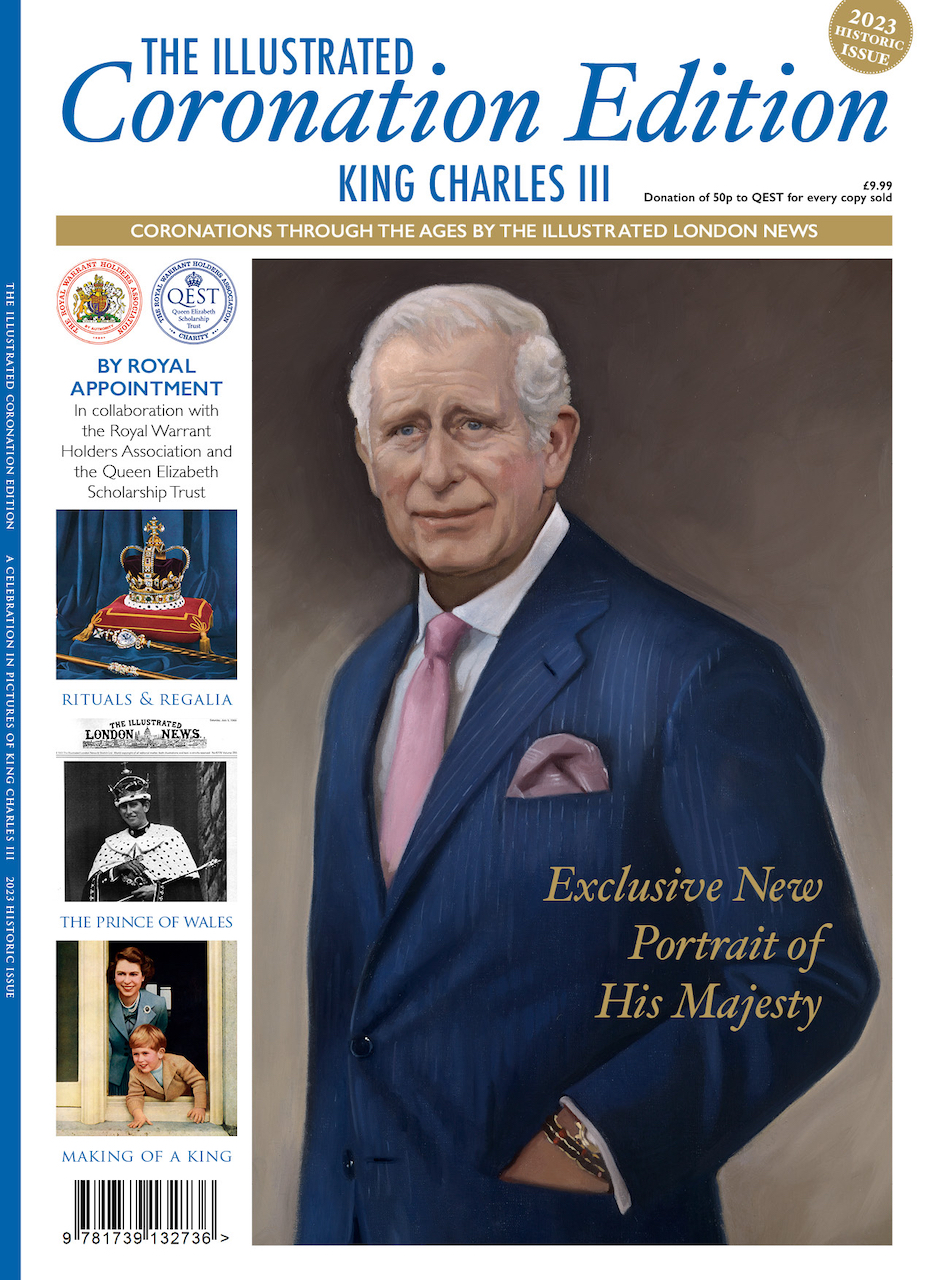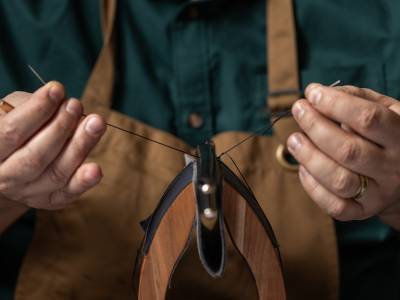There is no nation that knows how to stage a major royal event quite like Britain, and in its heyday there was no publisher that knew how to turn out a Coronation special edition better than The Illustrated London News — and its sister publications. This included the original SPHERE, from which this magazine derives its name.
As the world’s first pictorial magazine, marking a revolution in journalism and news gathering, founded in 1842, just five years after Queen Victoria acceded to the throne, The Illustrated London News proved that pictures sold and that great royal occasions — from births to weddings, jubilees, funerals and, above all, coronations — were a publisher’s dream.
